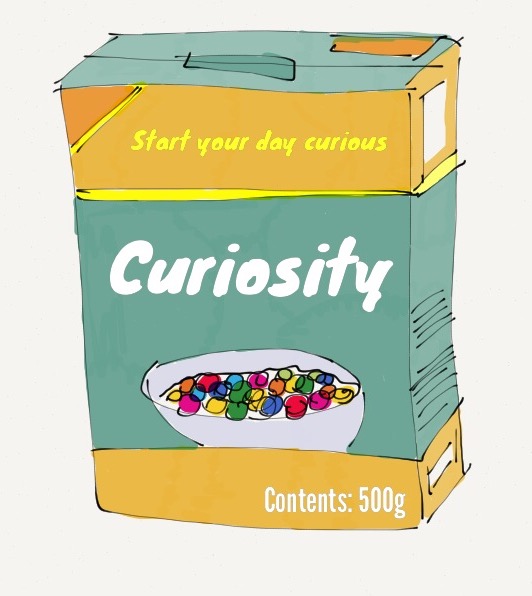This week’s prompt from Dave Cormier on the ‘Myth of content. Content is people’ and the conversation that I’ve been trying to follow #rhizo15 has got me thinking about who decides on content, what it is, how we package it, how it is delivered, consumed, shared… .
Day to day the aspects of ‘content’ I deal with most are how it is created, licensed, mapped against accreditation frameworks, quality assured and so forth. There are many different ways in which to define it, how it is delivered and funded, who creates it, who decides what is included or left out and also what purpose it serves, whose criteria it meets. This is a political, ideological and economic process before anyone gets to thinking about learning.
What I am particularly interested in is how content, however broadly defined, can develop curiosity. How what or how we learn and teach can result in questions and discovery. Not just for those who already know how to be curious, but for everyone. Instead of the ‘truth box’ that contains everything you need to know to pass the next exams or get through a day at work, I’d like a box full of curiosity (see drawing for the cereal version…).
Online, content that is open(ly licensed), content that you can find when you are looking for it, share, re-use and integrate into the story, into what you learn, makes being curious much more rewarding. That’s one reason why large scale efforts to organise information, to make it discoverable, are so powerful. From one learner on a single course the right question can zoom you out to think at the scale of the entire world. Being curious makes things more interesting, makes us ask more (questions) of content.

[…] each other in the same space. Thinking back to my post from last week, when I was thinking about curiosity and content, I think that discovery, whether it’s independent or guided, is still one of the things I am most […]
[…] What I am particularly interested in is how content, however broadly defined, can develop curiosity.… […]